No products in the cart.
Comprehensive
Testing Five Types of TGFBI Gene Mutations at once^, covering the majority of corneal dystrophy cases. ^ R555W, R124H, R124C, R124L and R555Q
Quick Results
3 working day results
Accurate
High sensitivity and specificity of the type/presence of corneal dystrophy*
Over 1 Million Tests Conducted
Widely adopted in ophthalmology centers and hospitals in South Korea and Japan

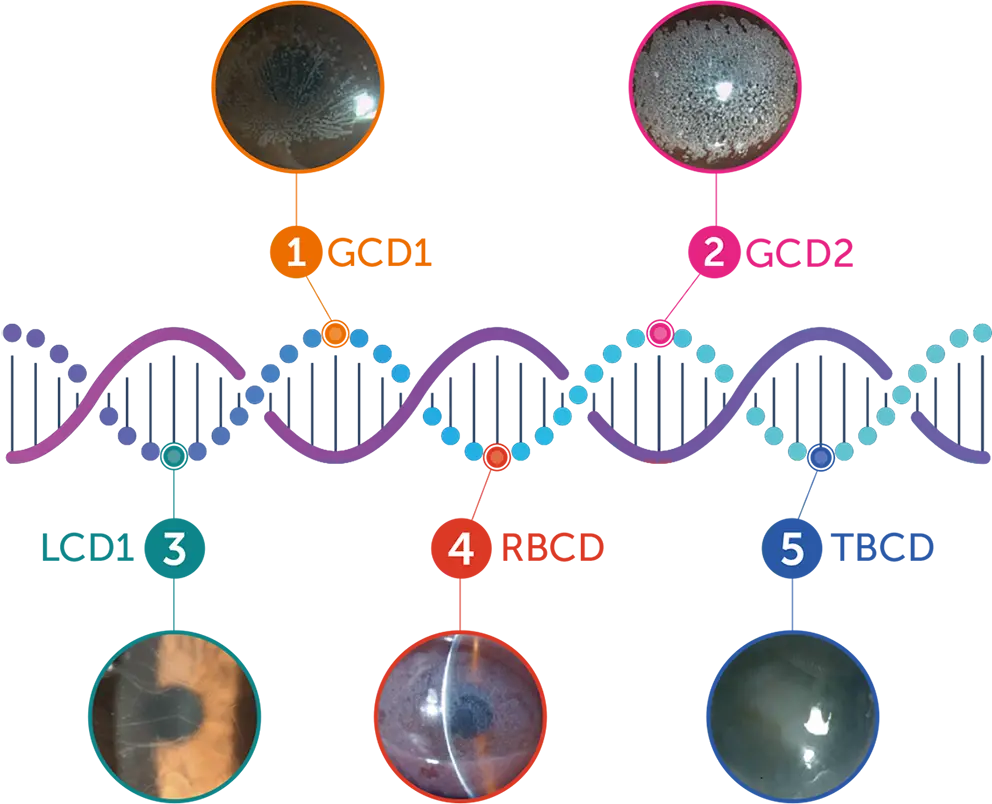
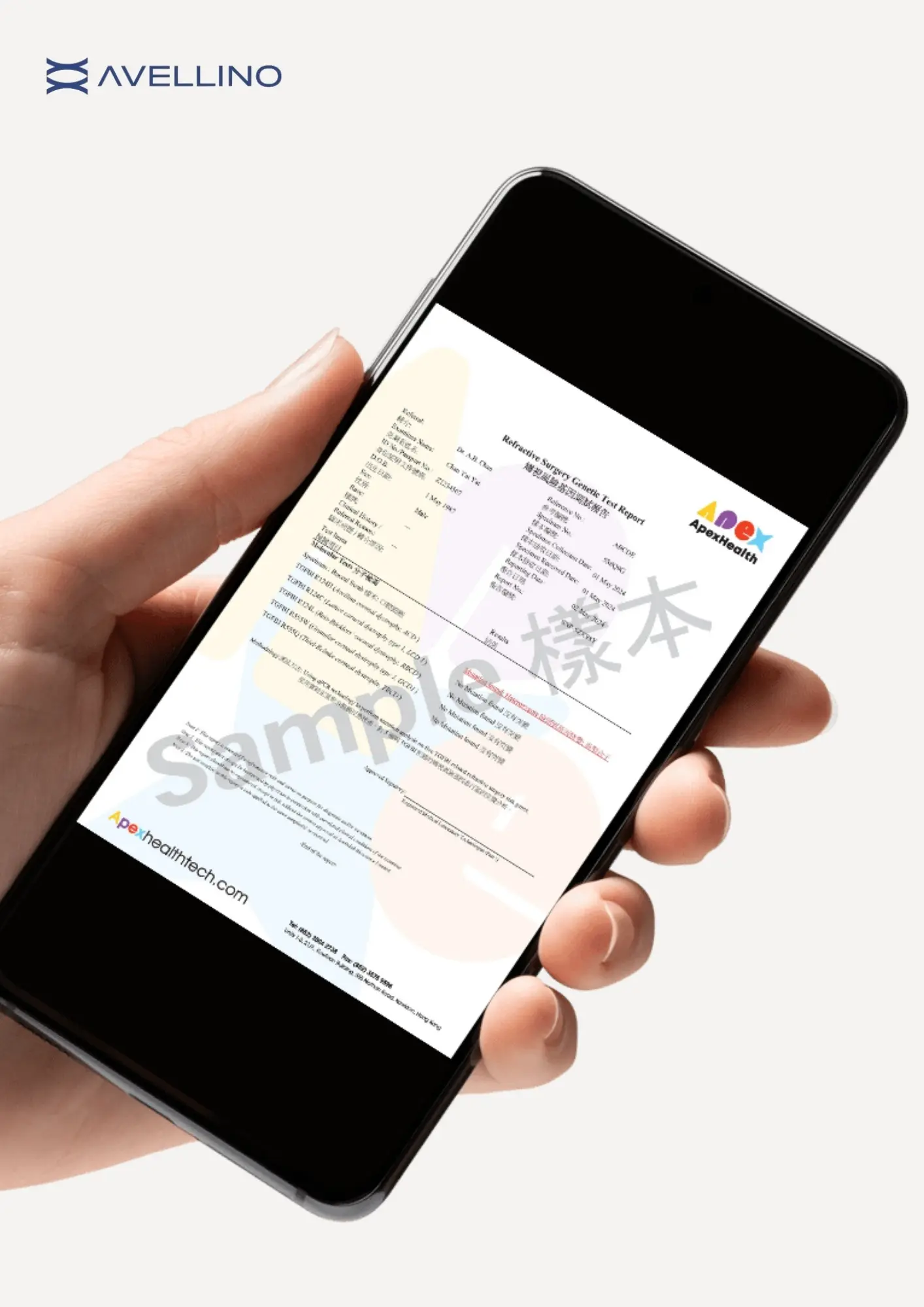
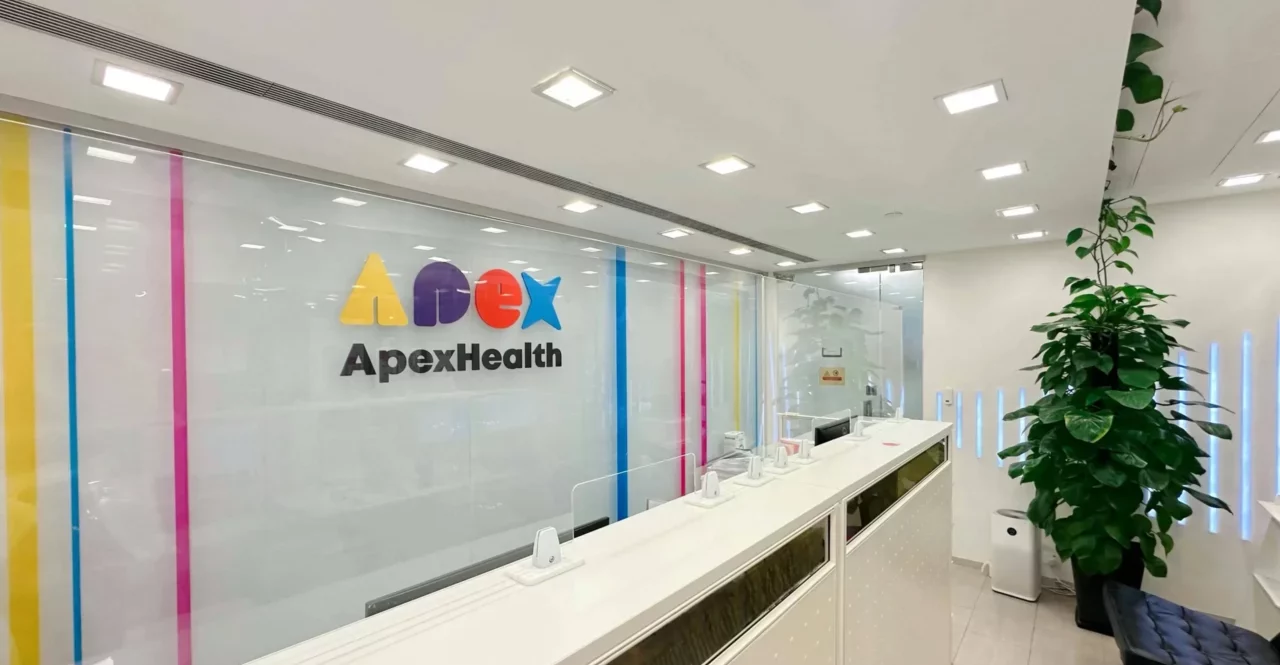
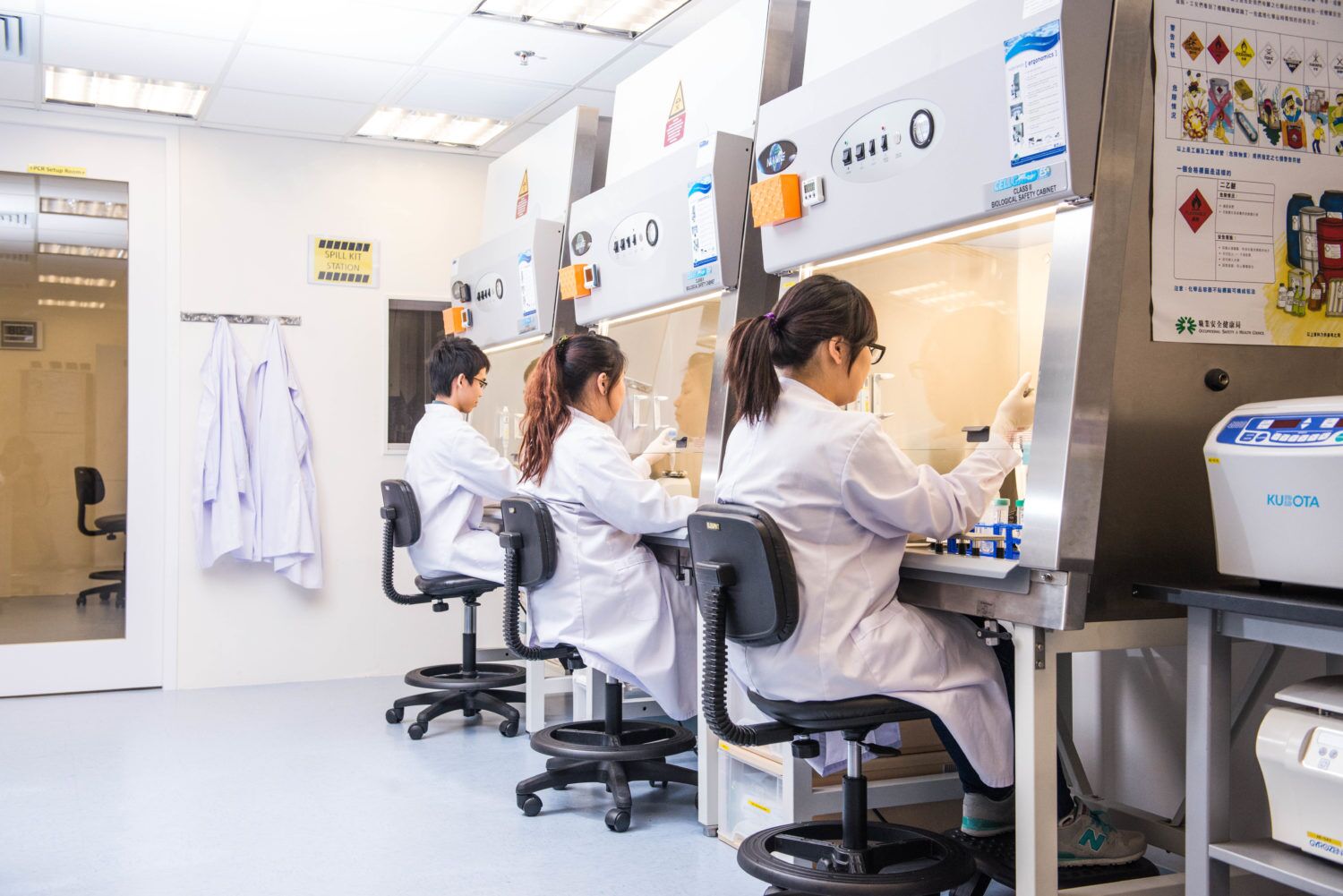
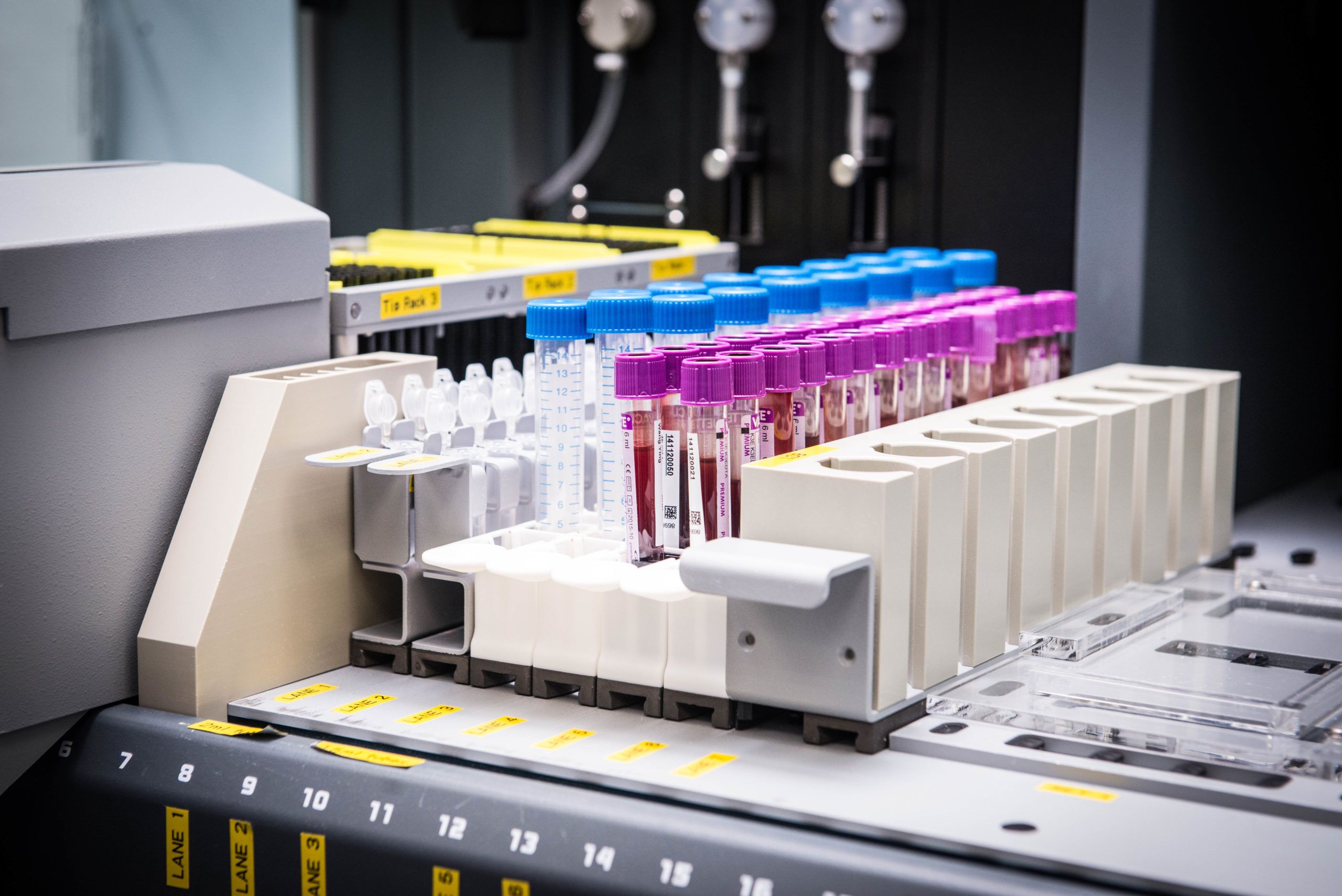
Reviews
There are no reviews yet.